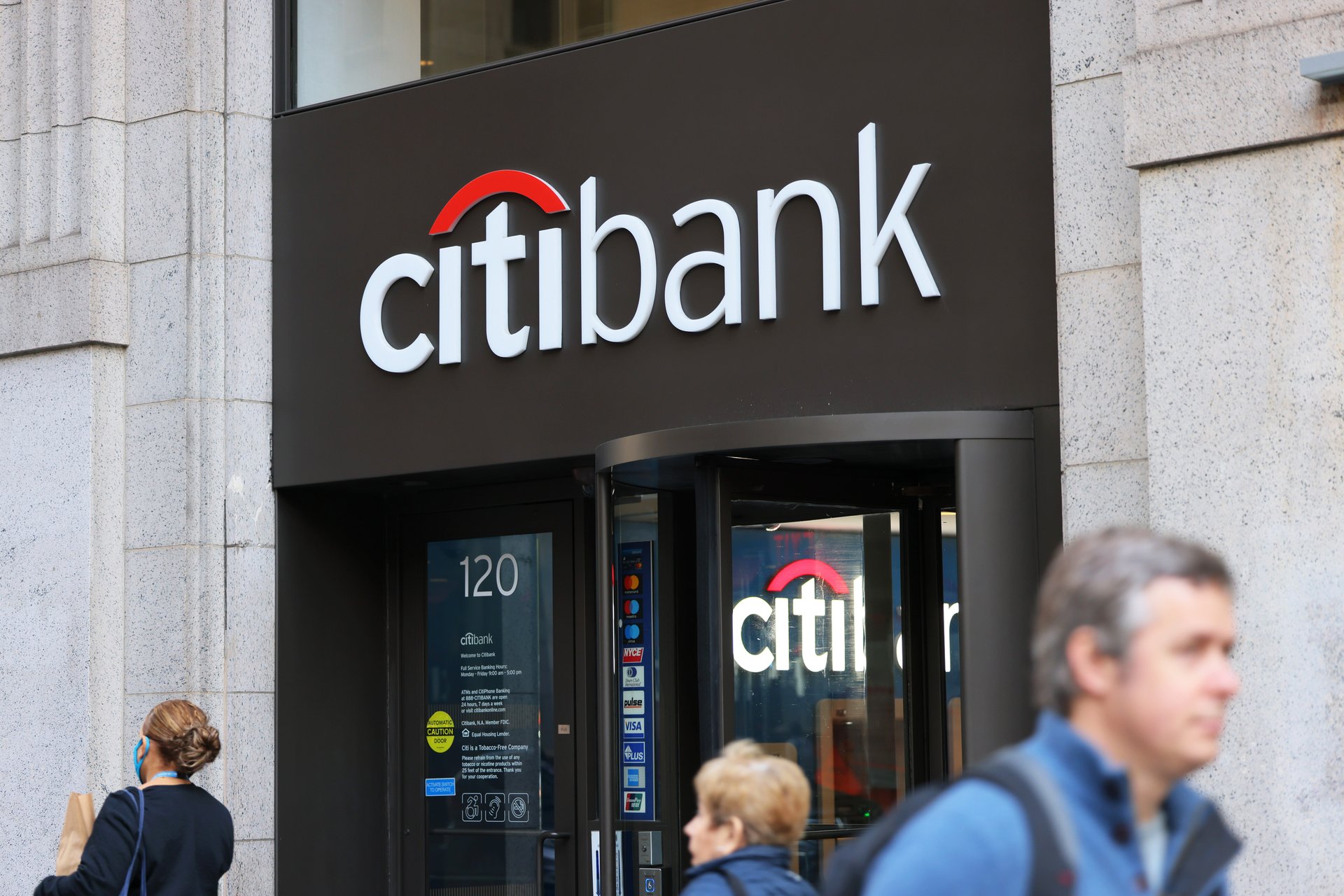Banks are bracing for consumers to stop paying off their credit cards
Provisions for credit losses rose at JPMorgan, Citi, Wells Fargo, and Bank of America last quarter

With interest rates sitting at more than two-decade highs and inflation continuing to bear down on consumers, big banks are preparing to face more risks from their lending practices.
Suggested Reading
In the second quarter, JPMorgan Chase, Bank of America, Citigroup, and Wells Fargo all raised their provisions for credit losses from the prior quarter. These provisions are the money that financial institutions set aside to cover any potential losses from credit risk, including delinquent or bad debt and lending, like commercial real estate (CRE) loans.
Related Content
JPMorgan built up $3.05 billion in provision for credit losses in the second quarter; Bank of America had $1.5 billion in stores; Citi’s allowance for credit losses totaled $21.8 billion at the quarter’s end, more than tripling its credit reserve build from the prior quarter; and Wells had provisions of $1.24 billion.
The built-up stores show banks bracing for a riskier environment, where both secured and unsecured loans could create bigger losses for some of the nation’s largest banks. A recent analysis of household debt by the New York Fed found that Americans owe a collective $17.7 trillion on consumer loans, student loans, and mortgages.
Credit card issuance and, subsequently, delinquency rates are also on the rise as people’s pandemic-era savings run out and they rely more and more on credit. Credit card balances totaled $1.02 trillion in the first quarter of this year, the second consecutive quarter where the sum of all cardholder balances exceeded the trillion dollar mark, according to TransUnion. And, of course, CRE remains in a precarious position.
“We’re still coming out of this COVID era, and mainly when it comes to banking and the health of the consumer, it was all of the stimulus that was deployed to the consumer,” said Brian Mulberry, a client portfolio manager at Zacks Investment Management
But any problems for banks will come in the months ahead.
“The provisions that you see at any given quarter don’t necessarily reflect credit quality for the last three months, they reflect what banks expect to happen in the future,” said Mark Narron, a senior director in Fitch Ratings’ Financial Institutions Group.
“And so it’s a little interesting, because we’ve moved from, historically, a system where, when loans started to go bad, provisions would go up, to a system where the macroeconomic forecast really drives provisioning,” he added.
In the near term, the banks are projecting slowing economic growth, a higher unemployment rate, and two interest rate cuts later this year in September and December, Narron said. That could mean more delinquencies and defaults to close out the year.
Citi chief financial officer Mark Mason noted that these red flags appear to be concentrated in lower income consumers, who have seen their savings dwindle in the years since the pandemic.
“While we continue to see an overall resilient U.S. consumer, we also continue to see a divergence in performance and behavior across FICO and income band,” Mason said in a call with analysts earlier this month.
“When we look across our consumer clients, only the highest income quartile has more savings than they did at the beginning of 2019, and it is the over-740 FICO score customers that are driving the spend growth and maintaining high payment rates,” he said. “Lower FICO band customers are seeing sharper drops in payment rates and borrowing more as they are more acutely impacted by high inflation and interest rates.”
The Federal Reserve has kept interest rates at a 23-year high of 5.25-5.5%, as it waits for inflation measures to stabilize towards the central bank’s 2% target before carrying out the highly-anticipated rate cuts.
Even as banks prepare for wider defaults in the back half of the year, however, defaults are not yet rising at a rate that points to a consumer crisis, according to Mulberry. As of right now, he’s watching for the split between people who were homeowners during the pandemic, compared to renters.
“Yes, rates have gone up substantially since then, but [homeowners] locked in very low fixed rates on all of that debt, and so they’re still really not feeling the pain, if you will,” Mulberry said. “If you were renting during that period of time you didn’t get that opportunity.
With rents up more than 30% nationwide between 2019 and 2023 and grocery costs rising 25% in that same period, renters who didn’t lock in low rates and are grappling with rental prices that have exceeded wage growth are seeing the most stress in their monthly budget, according to Mulberry.
For now, however, the biggest takeaway from the latest round of earnings is that “there was nothing new this quarter in terms of asset quality,” Narron said. In fact, strong revenues, profits, and resilient net interest income are all positive indicators of a still-healthy banking sector.
“There’s some strength in the banking sector that I don’t know was totally unexpected, but I think it’s certainly a relief to say that the structures of the financial system are still very strong and sound at this point in time,” Mulberry said. “But we are watching closely, the longer that interest rates stay at this high of a level, the more stress it causes.”
